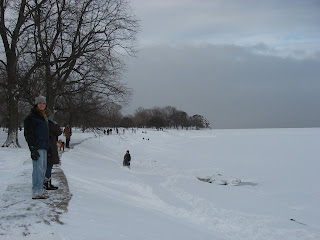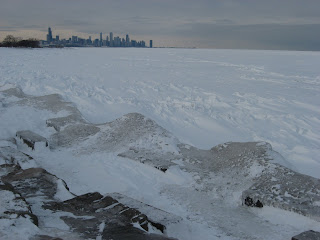These don't sound as sexy as Weak's solutions, but reducing the yield gap and reducing food waste should be local efforts. How could you do that top down?
GG&S:
There are also a number of diets that can be produced locally that are full nutrition. "Enjoy scurvy" seems a little extreme when native diets - corn, beans, squash - and diets in similar climes in Europe - potatoes, cabbage, dairy products - provided complete nutrition. (more examples in Jared Diamond's Guns, Germs, and Steel)
Additionally, Americans spend less than 10% of their current earnings on food. That's in contrast to other nations and other time periods, where this percentage was more like 40%. While the poor have difficulties obtaining nutritious food, this often seems to be due to both neighborhood distributional problems (food deserts) and priorities in subsidies for corn and soy over vegetables in the American budget. (I forget where I read all this, but some of it's probably in Guns Germs and Steel). For the many, higher prices for food would be possible, though unpleasant, to fit into budgets with, of course, a lower quality of life. Not fun but possible!
CB:
Not all food should be sourced locally. Hardy foods like cranberries (yay Idahoans!) and dried fruit, coffee, and spices have always been shipped from afar. But moving vast sources of water around in the form of delicate tomatoes and pears from dry, irrigated regions such as California is just destroying that farmland in the long term so that you can have your pears in the short term. More economic projections need to build in long term environmental damage as a cost, not just short term gains from ten cent bananas.
Why is local farming wasteful? Building houses and giant useless lawns on what used to be farmland is wasteful. If people turn some of that useless lawn back in to crop plants, that is extremely useful. Why not grow a victory garden? If we did it (and by "it" I mean produced 40% of our fruits and vegetables locally, in WWII) once, we can do it again!!
Essentially, we're in for a shitty ride in the next 40 years. Local food production could ease the sting of massive crop failures due to climate instability or matched virulent diseases to US-wide monocultures. Local efforts could prevent food waste. Local food production could ease the 20% of American emissions that go into moving our food from place to place, which could ease the price of such foods that is correlated with oil costs.
I think Weakonomics' problem is that it assumes that we're only going to try to grow food locally to solve our future food problem. No, it's not the only solution. But it's got to be part of the solution or the food distribution problem will only get worse. Then there really won't be blueberries in Idaho, because they won't grow them there and won't be able to afford to ship them from anywhere else.



















